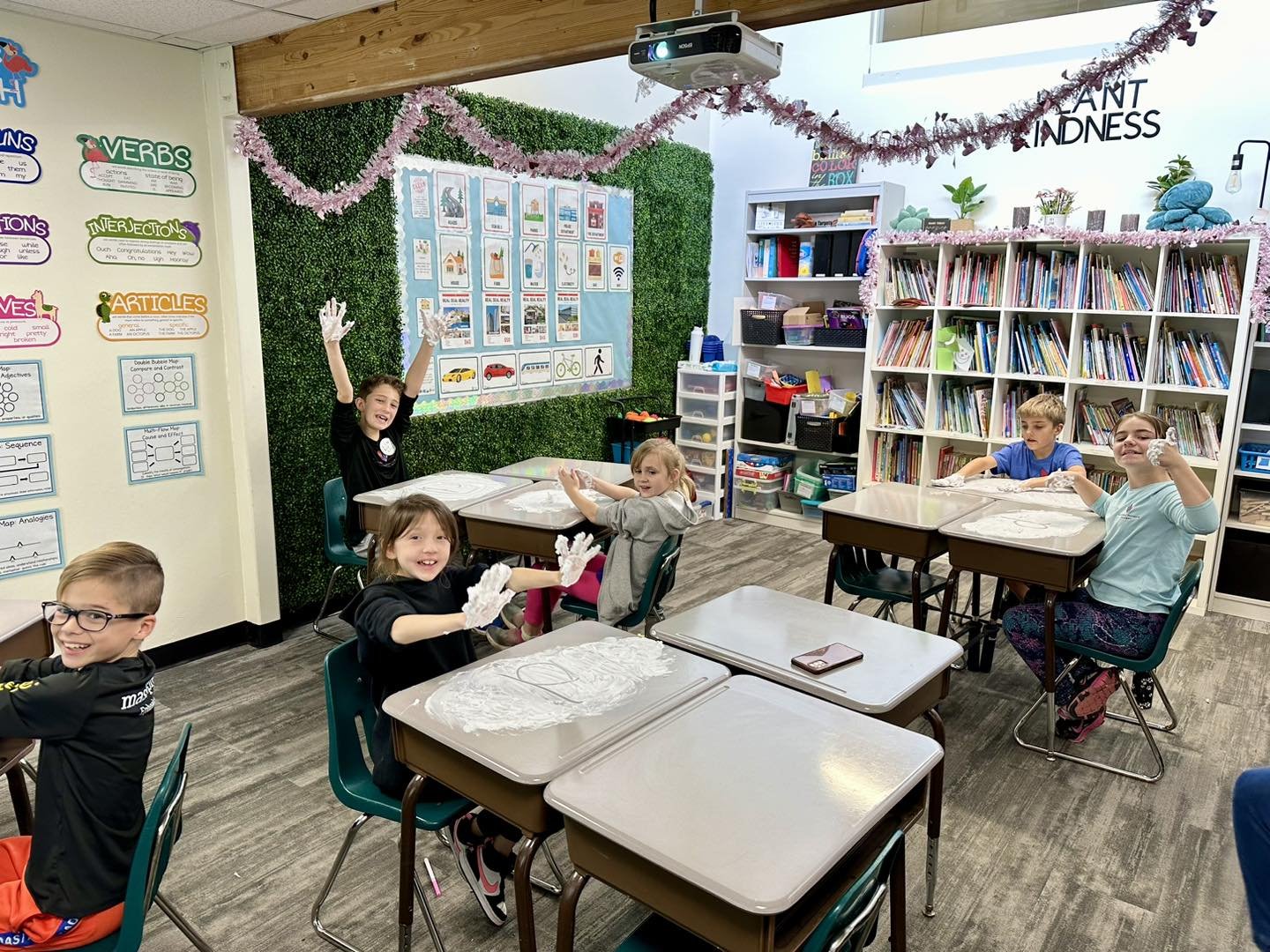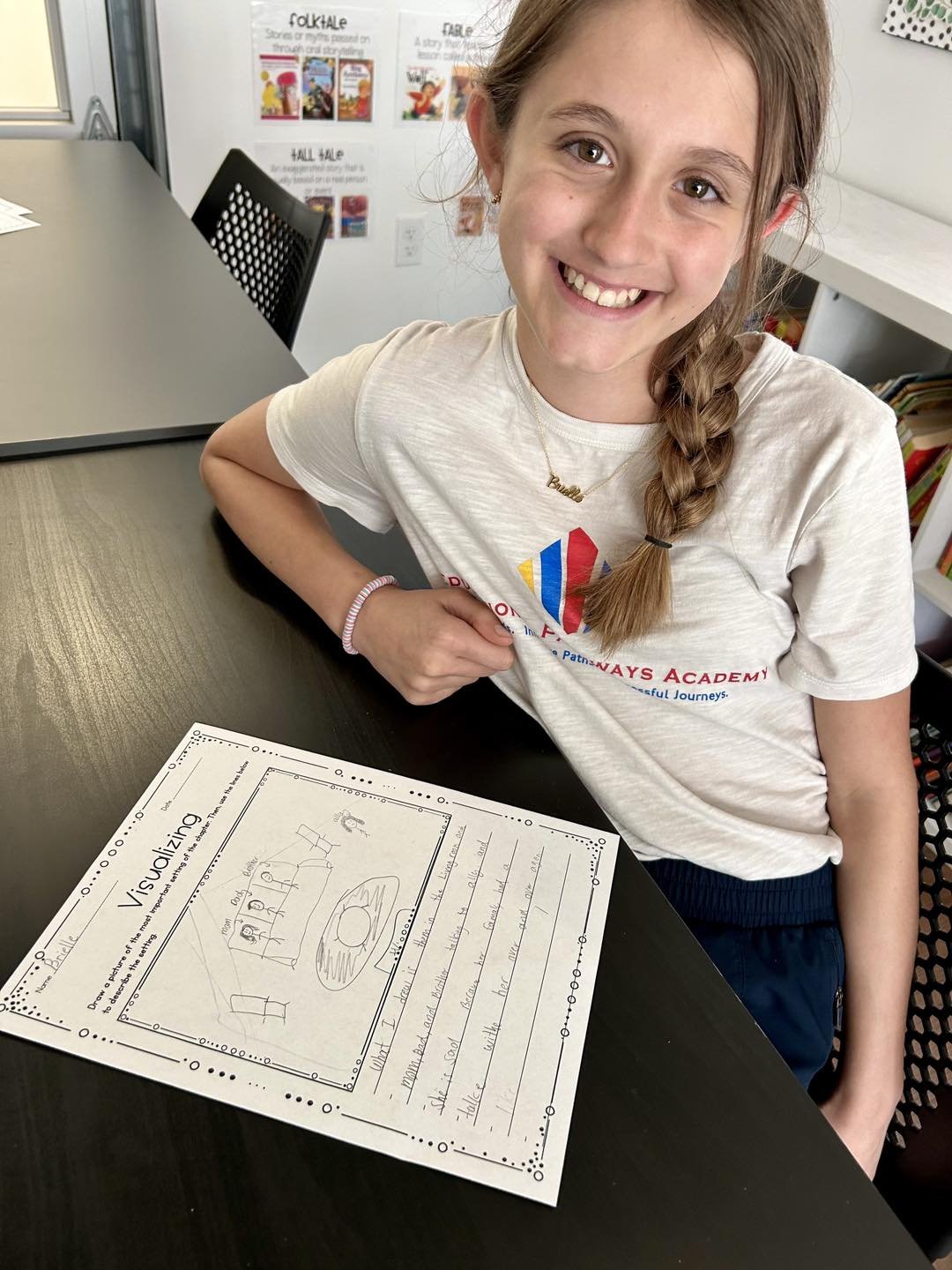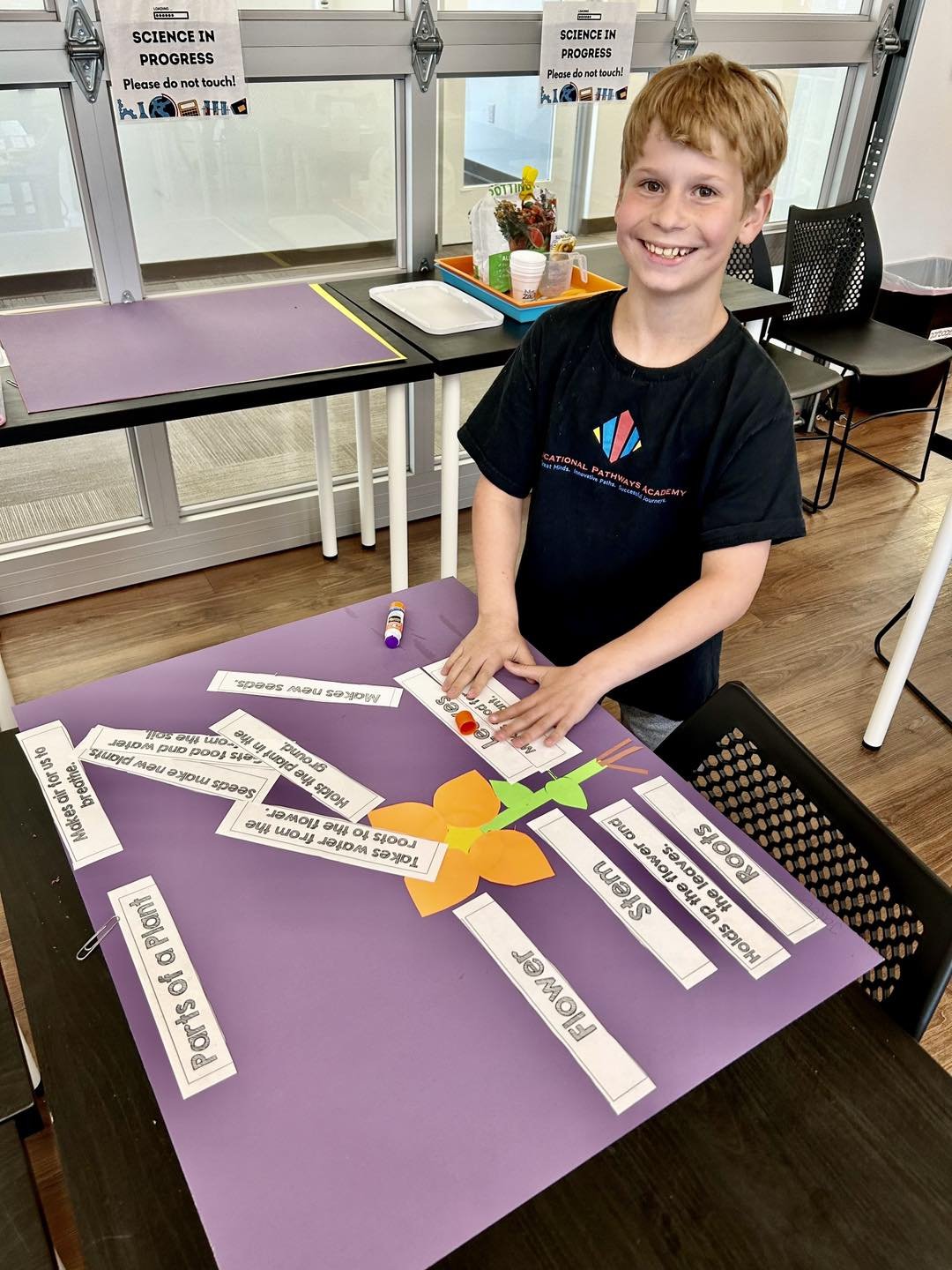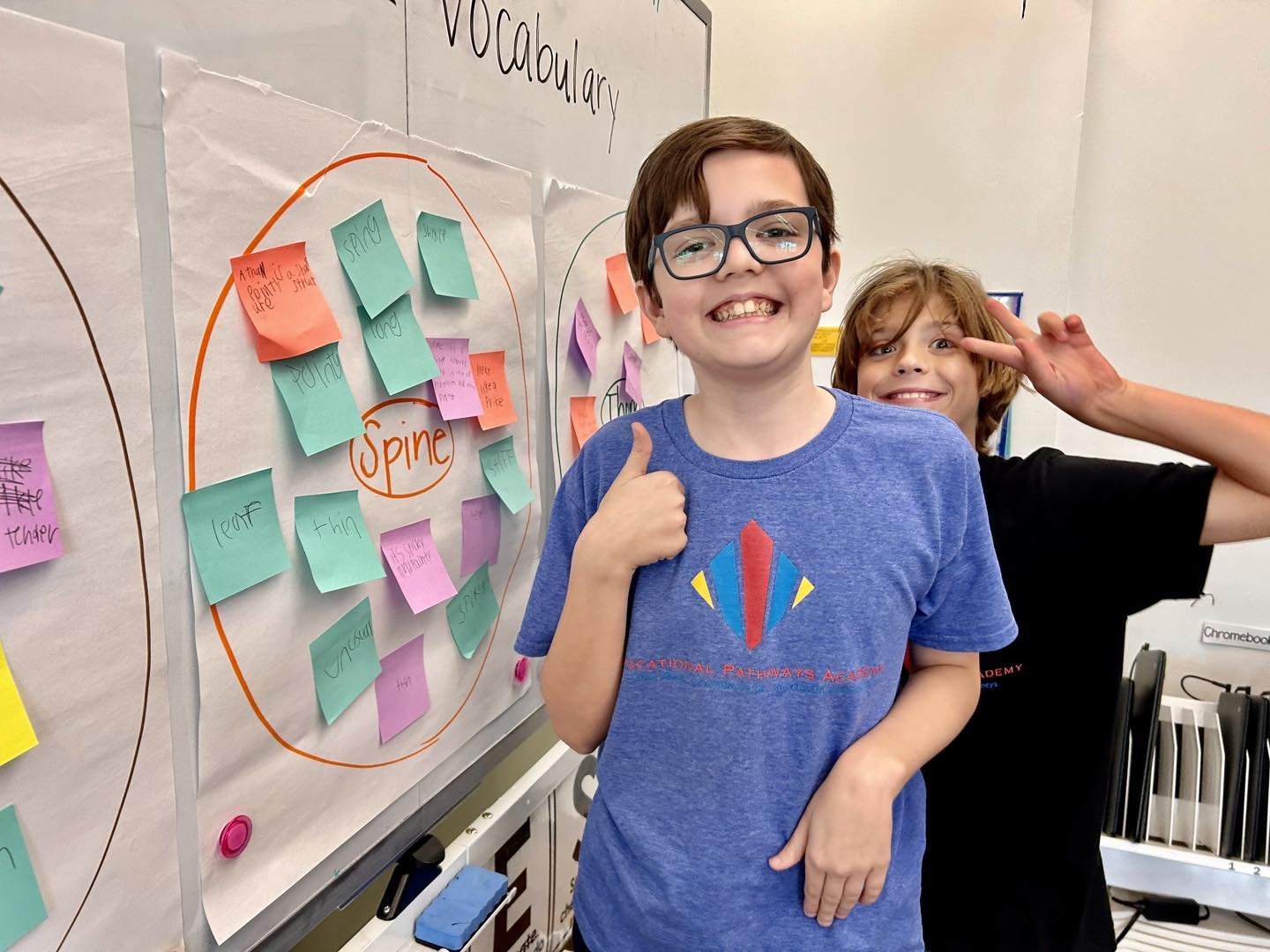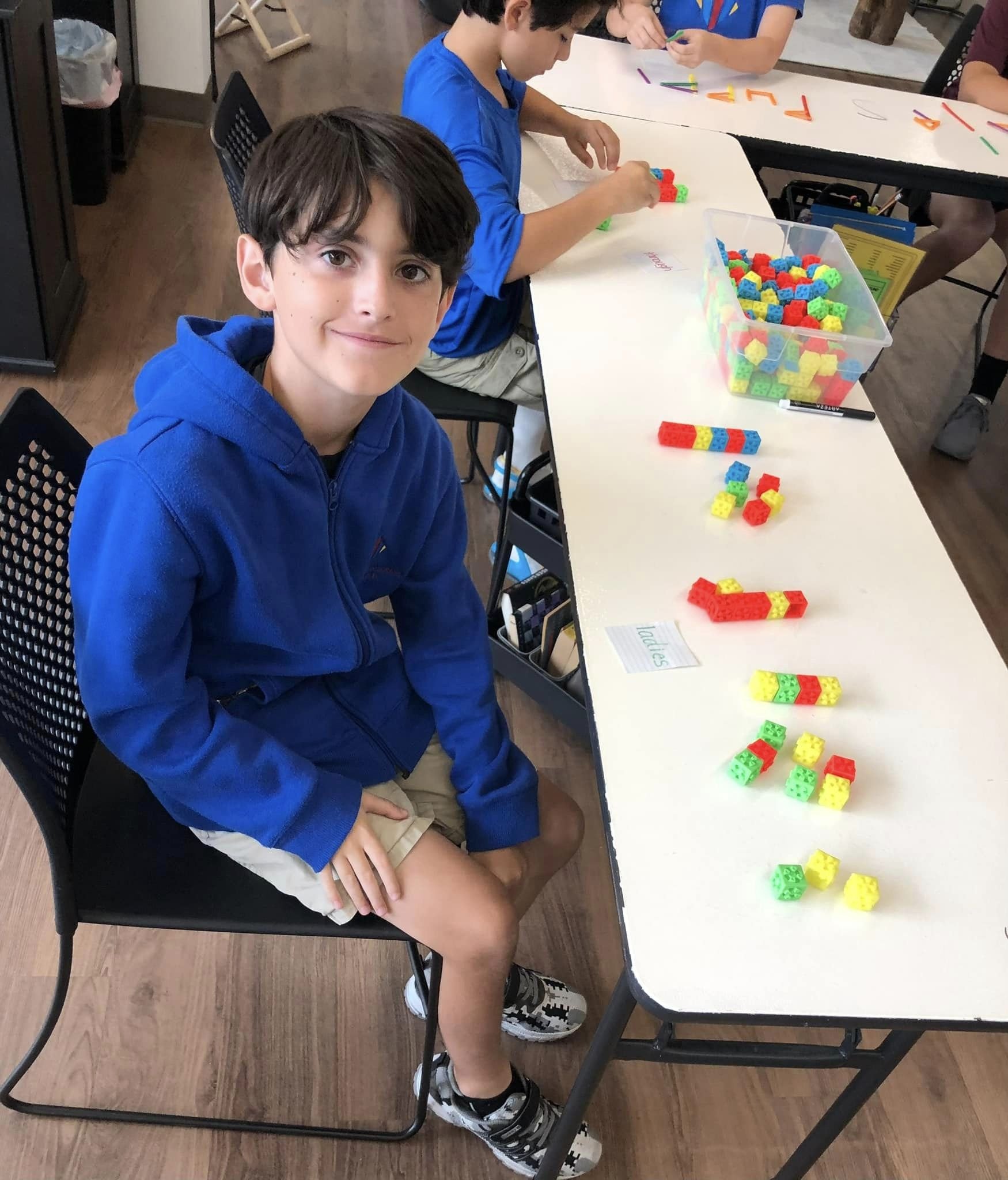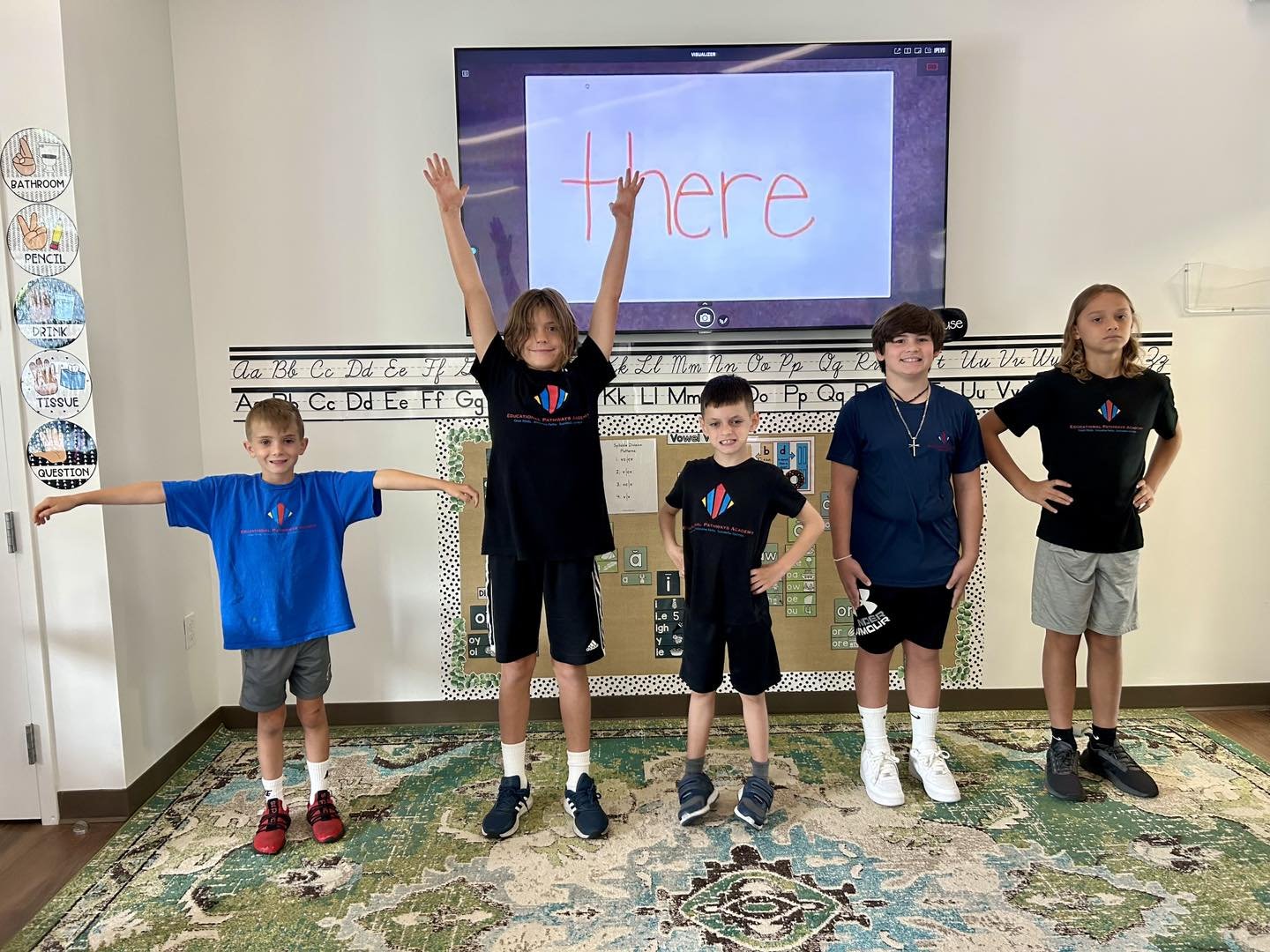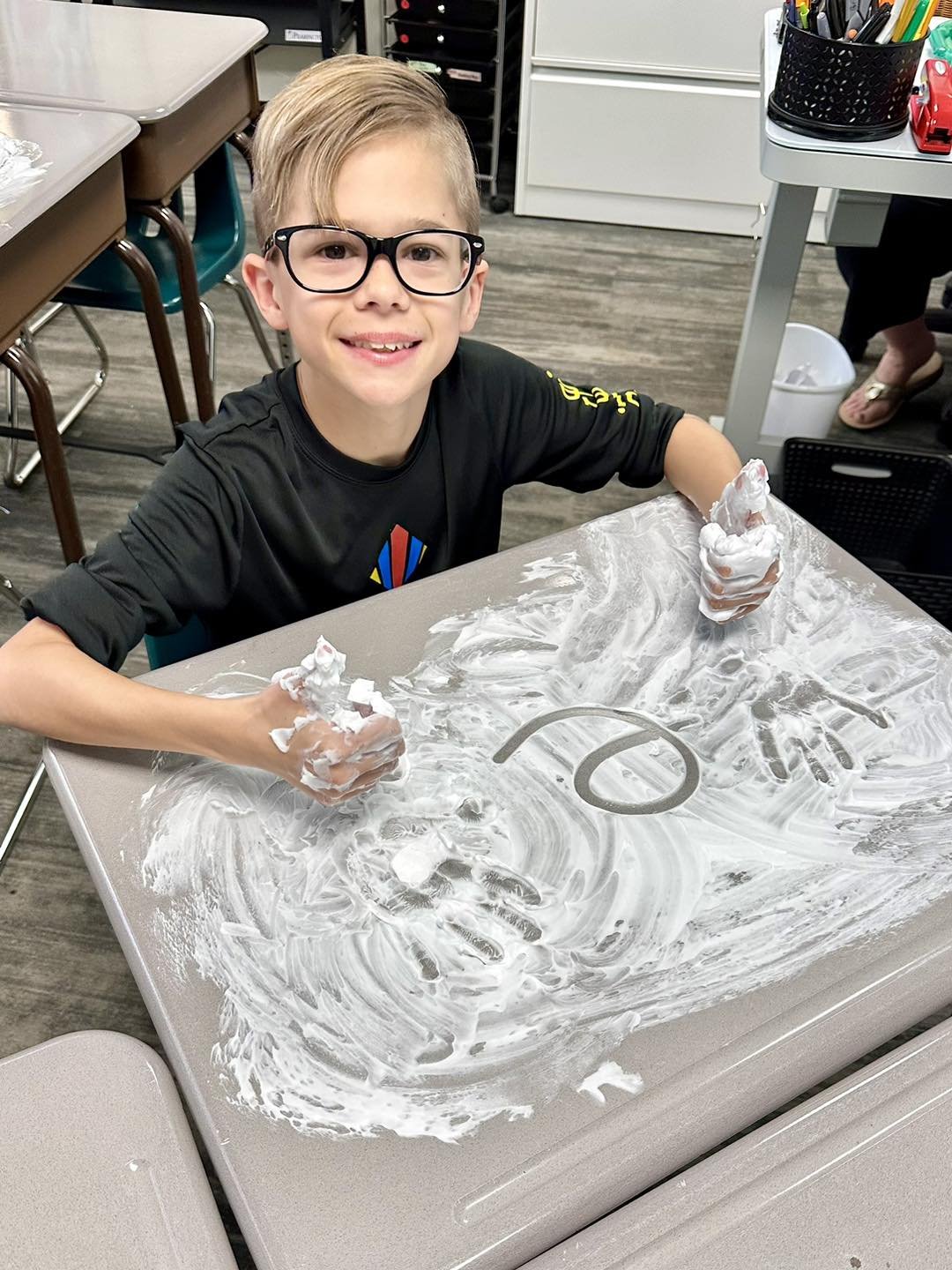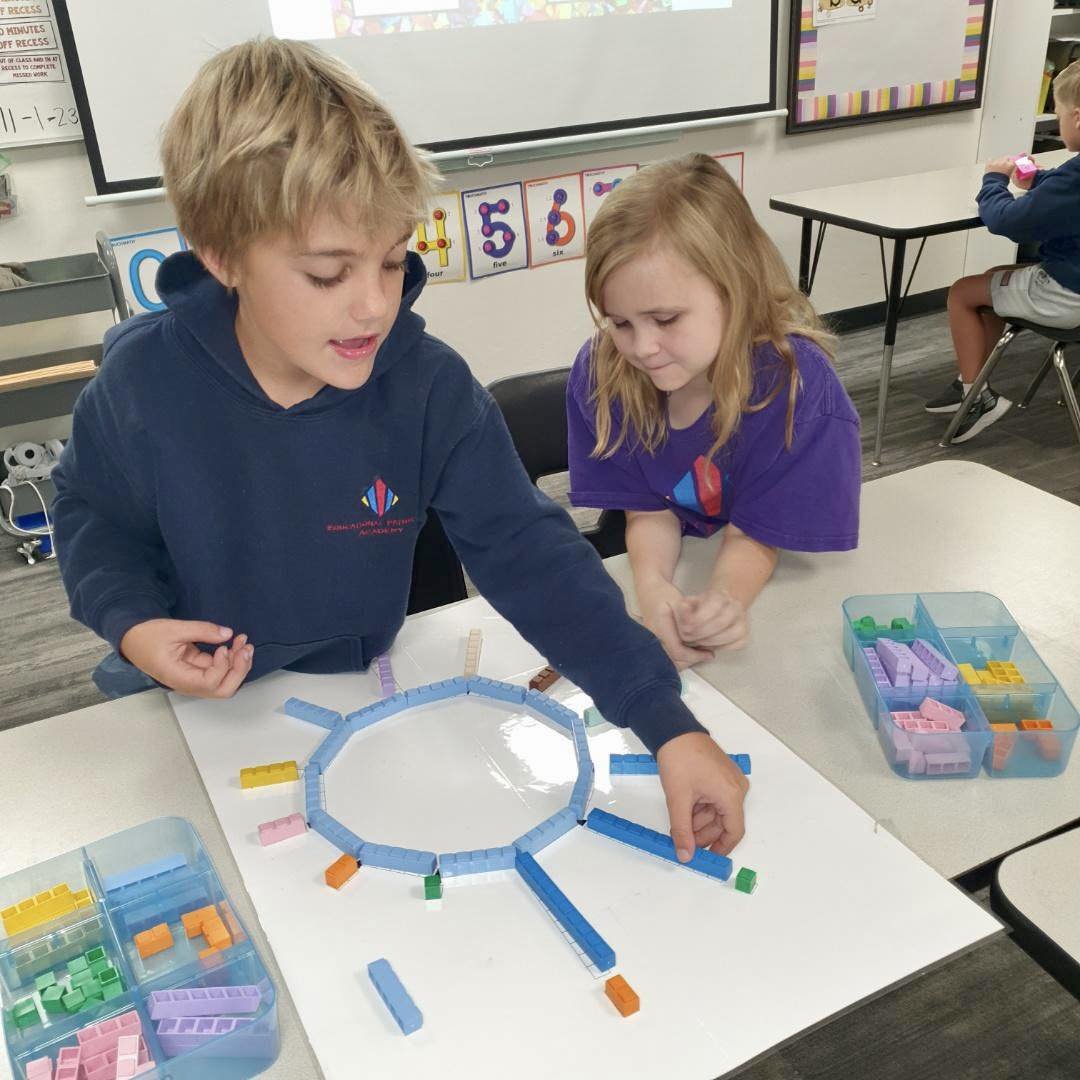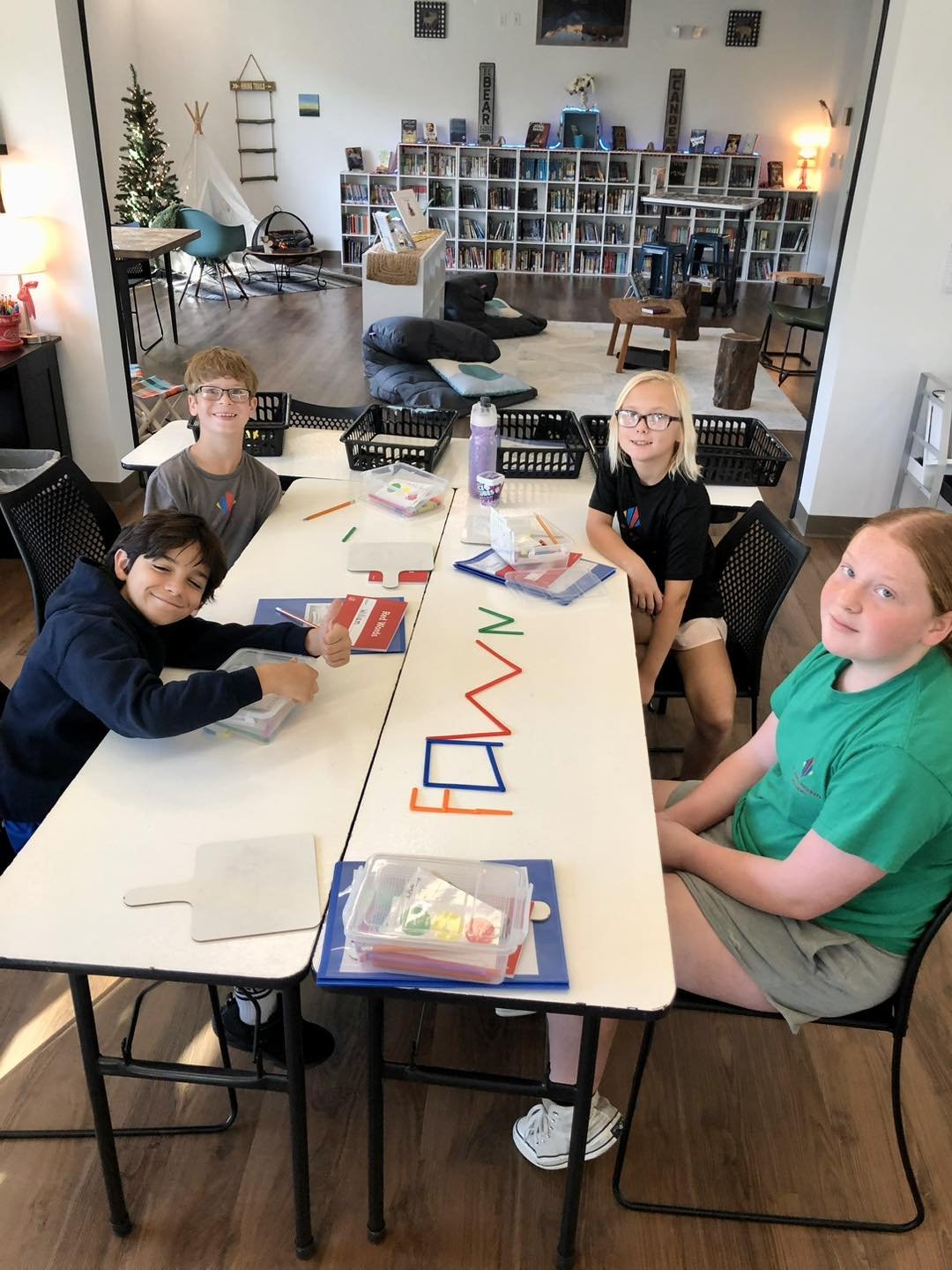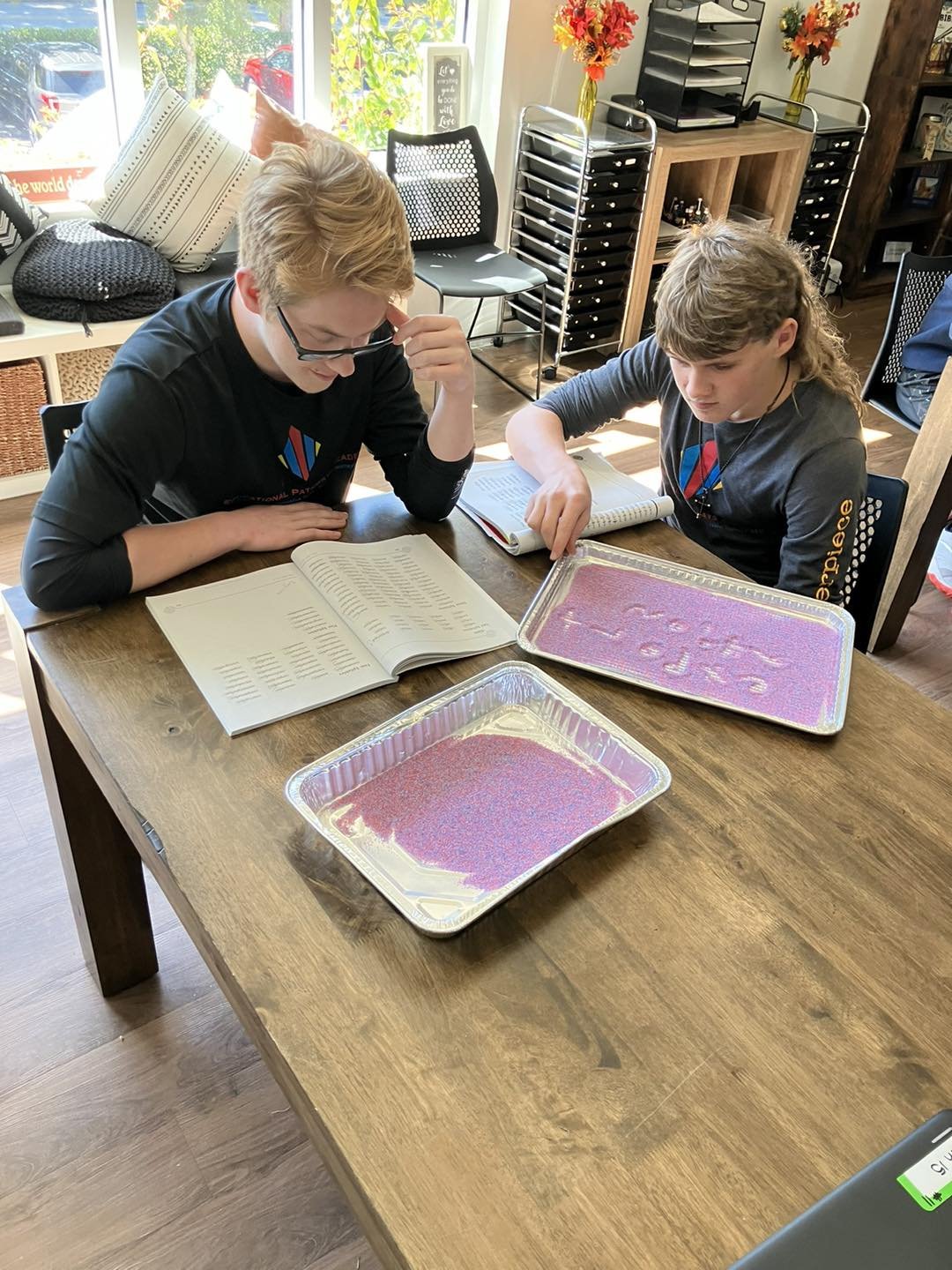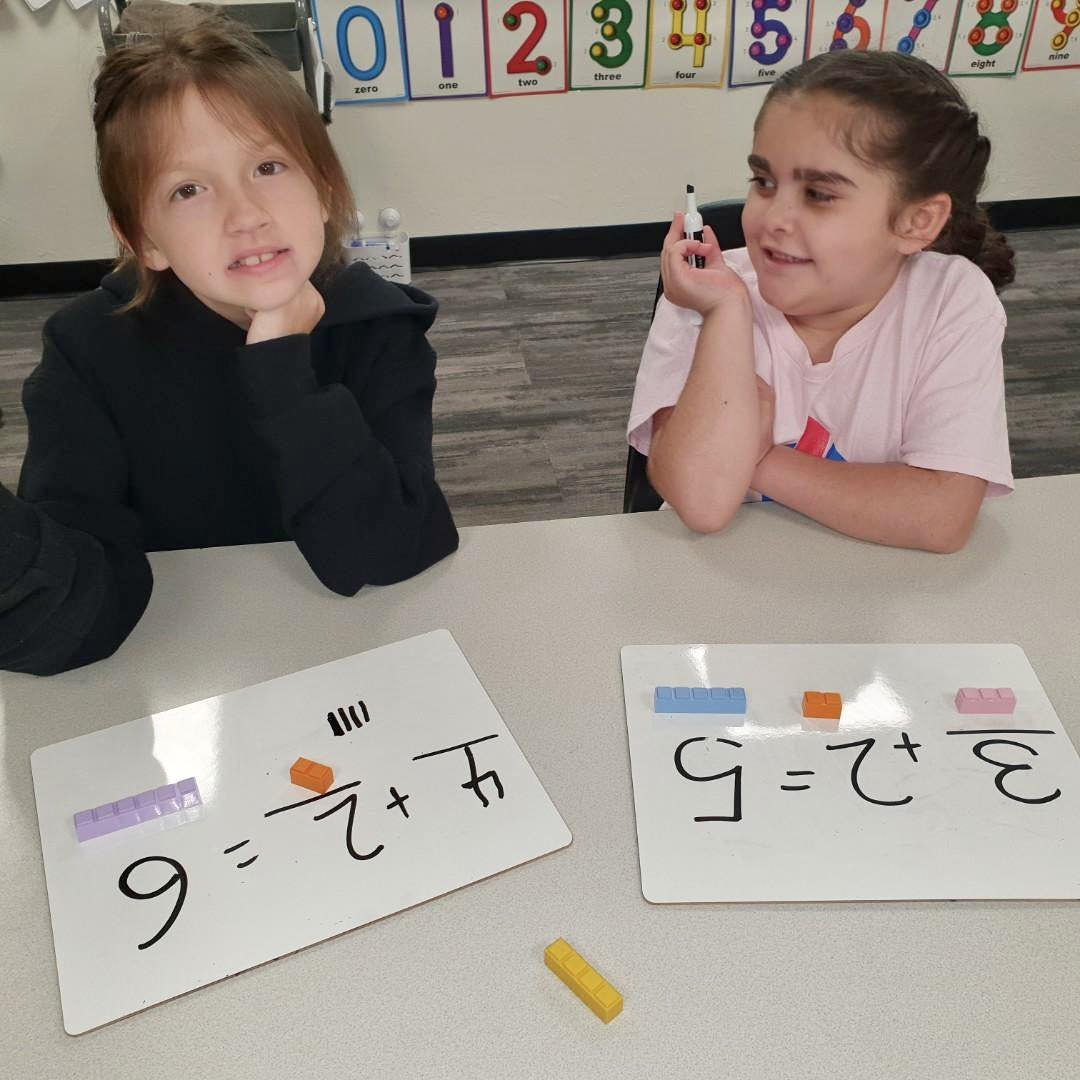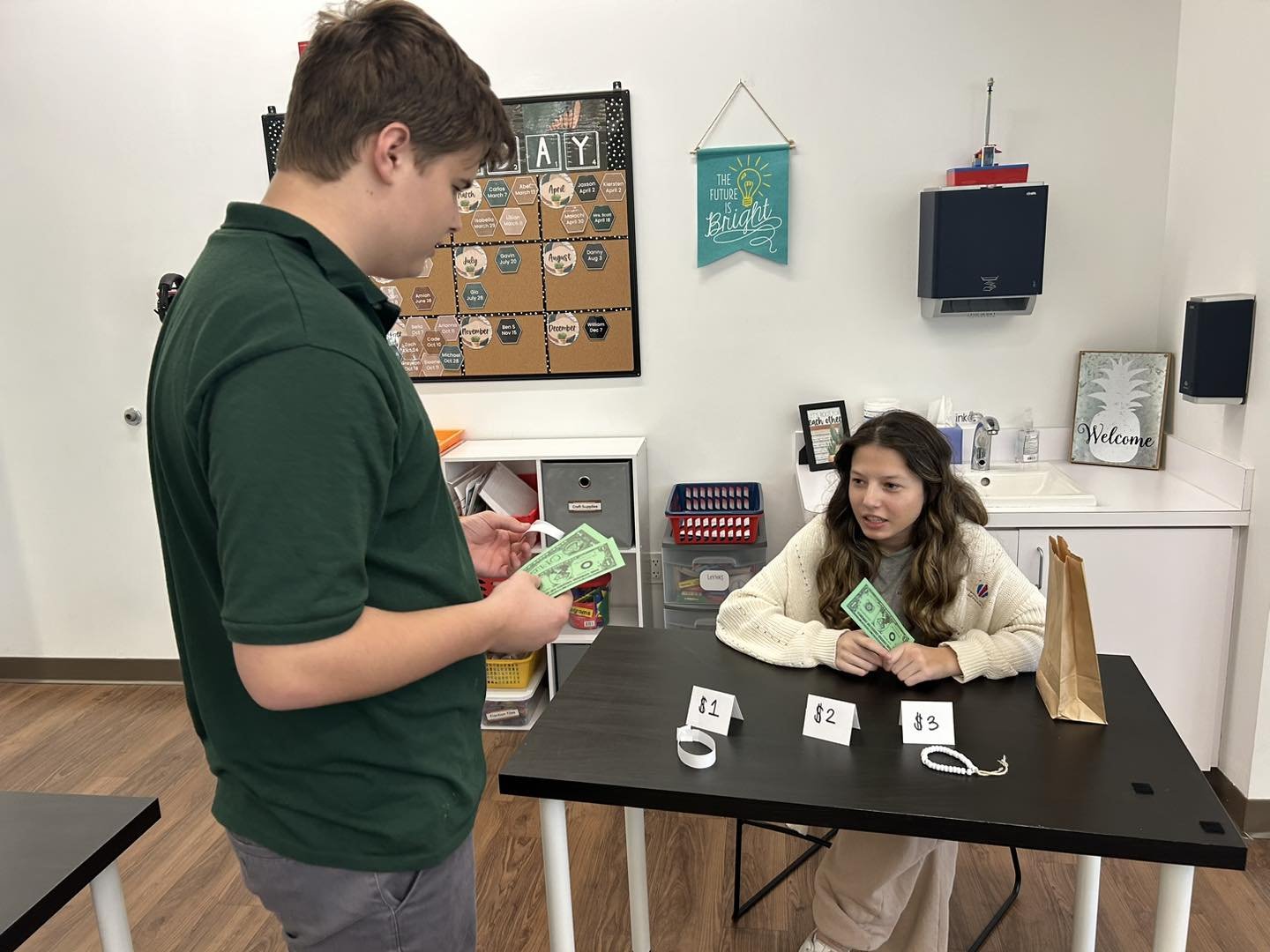Enhancing Learning for Students with Learning Disabilities Through Multisensory Instruction
At Educational Pathways Academy (EPA), a private school for dyslexia in Florida, we educate students with language-based learning disabilities and learning differences through instruction designed to complement and address each student’s individual needs. Our curriculum focuses on depth of understanding to make learning meaningful and, therefore, maximize educational success.
A key component of our Comprehensive Approach to Learning is multisensory instruction. This instructional approach is integrated throughout our program for its proven effectiveness in strengthening the academic development of students with learning disabilities.
What is Multisensory Instruction?
Multisensory instruction is a teaching approach that involves engaging more than one sense at a time. It is based on “whole brain learning,” which asserts that the most effective instruction occurs when multiple brain regions are activated at once. Through multisensory instruction, teachers utilize activities and techniques that engage multiple senses simultaneously by combining visual and/or auditory information with hands-on activities, physical movement, and interactive experiences. Students take active roles in learning, which activates different parts of the brain, creating pathways that enhance memory retention and deepen understanding of the subject matter.
How does Multisensory Instruction Work?
In most classrooms, information is taught primarily through visual and auditory approaches, such as reading and listening. Multisensory instruction provides students with multiple ways to connect with and comprehend material by integrating visual, auditory, kinesthetic, and tactile elements into the educational process. The following are various methods of implementing multisensory instruction in the classroom.
Visual:
Charts, graphs, thinking maps, and color-coded materials aid in understanding and retention.
Auditory:
Direct and explicit verbal instructions, discussions, interactive dialogues, and audio resources such as audiobooks and text-to-speech apps strengthen comprehension and communication skills.
Kinesthetic/Tactile:
Hands-on activities, movement, and manipulatives like sand, letter tiles, and counting blocks enhance engagement and improve retention.
Benefits of Multisensory Instruction for Students with Learning Disabilities
Multisensory instruction is particularly effective for students with learning differences such as dyslexia, dysgraphia, dyscalculia, auditory & visual processing disorders, and ADHD. These students often face challenges relating to how the brain processes visual and auditory information and sustains focus. Multisensory instruction becomes a crucial tool in addressing these challenges by offering students alternative ways to navigate around these processing deficits.
For instance, students with dyslexia have difficulty connecting the letters they see with the sounds they make. By incorporating multisensory activities that combine visual, auditory, and kinesthetic/tactile methods, a student’s visual processing deficits are effectively bridged, enabling them to process and master information more successfully.
Our reading specialists at EPA utilize many multisensory techniques in our Orton-Gillingham Reading Intervention classes. For example, teachers guide students to pound out the syllables of a word and tap out the sounds with their fingers to aid in encoding of words; thus activating their visual, auditory, and kinesthetic senses.
At Educational Pathways Academy, we integrate multisensory instruction into all subjects, employing effective methods to address processing deficits. We are committed to enhancing the learning of students with learning differences and empowering them with the tools they need to thrive academically.
Learn more about our Comprehensive Approach to Learning, which is specifically designed to enrich the educational experience of students with language-based learning disabilities such as dyslexia.


